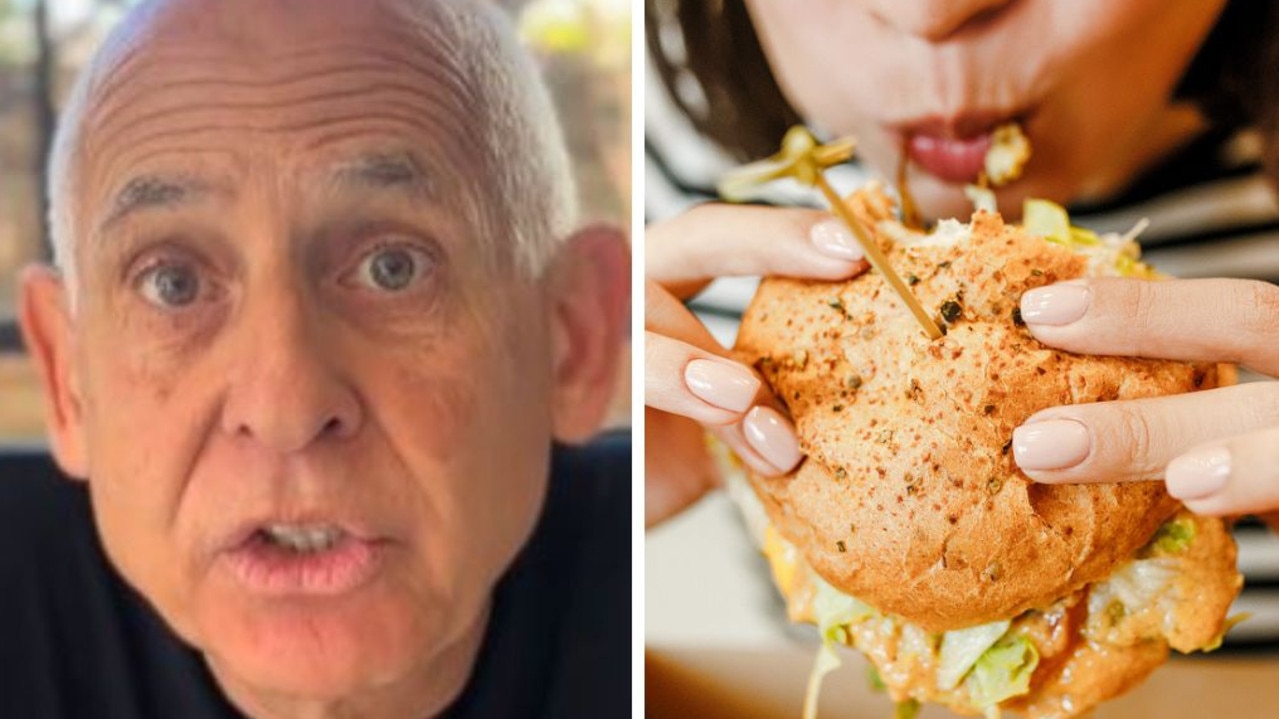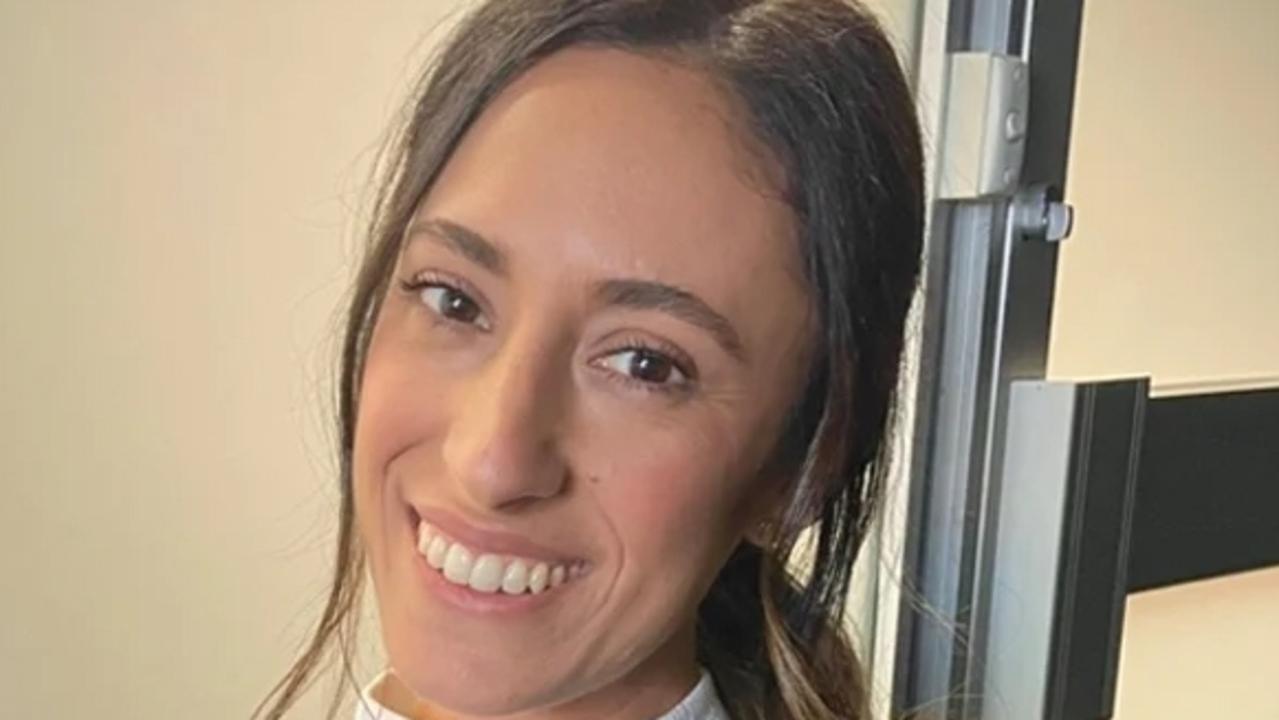Empty Nose Syndrome: Condition ‘suffocating’ patients
A mother is warning about a rare nasal condition that leaves sufferers “gasping for breath” after it drove her son to the unthinkable.

A young man took his own life after he developed a complication following a common nose procedure that leaves you feeling as if you’re “suffocating”.
Chris Supalla was left “gasping for breath” after undergoing a “simple” nasal op to help alleviate a stuffy nose that left him tossing and turning at night.
But instead of getting a better night’s sleep, the 32-year-old was left suffering after developing a disorder called Empty Nose Syndrome (ENS).
ENS can be a complication of any nasal surgery that affects the turbinates, the cylindrical structures in the nose that regulate incoming air.
“He felt like a plastic bag was over his head,” his mother, Mary Supalla, told The New York Post of her son’s ordeal.
Chris died by suicide just three months later, leaving his mother a note that explained his “suffering is too great”.
“My nose feels so empty I can’t feel anything at all. I love you always…”
His 2021 death certificate cites Empty Nose Syndrome as a “significant” contributing factor to his death.
ENS was first identified nearly 30 years ago and is finally gaining greater recognition.
The first medical textbook on the frightening condition was published this year by distinguished physician Dr Eugene Kern, a professor of otorhinolaryngology at the University at Buffalo.
In the early 1990s, while working at the Mayo Clinic, Dr Kern was alarmed after two post-surgery patients from elsewhere told him they felt suffocation with every breath. Both later died by suicide.
Other patients compare that sickening feeling to being drowned, smothered or waterboarded. “These patients are nasal cripples,” Dr Kern, 86, declared.
According to those who have lived with ENS, they can barely sleep, jerking awake as the body senses it is not breathing, although it is. Mouth breathing doesn’t help.
Dr Kern wants his book to “shine a light on an area where people have suffered mightily,” he said. “I saw the suffering.”
David Troutman, who had surgery six years ago for sleep apnoea, said he had “no idea what a turbinate was” before his ordeal began.
But after his surgery, Ms Troutman was exhausted, unfocused and left endlessly pacing — until one day, his boss drove him to hospital after witnessing his restless nature.
“I was a shell of myself,” he said. “My personality was just gone.”
Mr Troutman, 54, now moderates an Empty Nose Facebook group, filled with “difficult stories to read,” he said.
“I anticipate that I have a lifelong struggle ahead of me. There is no relief, no reprieve.”
The group, with around 3700 members, has recorded 14 suicides in the past six years.
The agonising condition remains a mystery. Incidence is unknown, and it’s unclear who’s susceptible. Some people are fine when turbinate tissue is removed; others face a lifetime of torture.
It’s not known how many cases there are in Australia, but one female sufferer went public with her battle in 2016 after seeking financial assistance for treatment in the US, stating there were no Aussie surgeons who could treat the condition.
Only a handful of doctors in the US will attempt treatment, which includes assorted methods to moisturise the nose or alter the airflow as well as tissue transplants.
“If you take a turbinate out, you can get a post-traumatic neurogenic-type pain, which is horrible,” Dr Kern told The New York Post.
“Some people have enough compensatory functional capacity that will help them along without symptoms for two or five or even 10 years. There is no test to determine nasal function.”
Chris Supalla, who worked in accounting, consulted with three doctors before surgery, his mother said. He had a septoplasty and microablation, and the doctors said they removed just 1 millimetre of turbinate tissue.
“Chris asked about ENS and was worried about it,” she said. “The doctors were familiar with ENS but said, ‘I haven’t seen it.’ They reassured him.”
After his death two and a half years ago, his parents have called for warnings about the risk of ENS.
More Coverage
“The complications are so horrific and life-altering that the patient deserves to know,” Mary Supalla said.
“Chris couldn’t breathe, he couldn’t sleep, he couldn’t do anything. He was more afraid to be alive than he was of dying.”
This article originally appeared on The New York Post and has been reproduced here with permission





